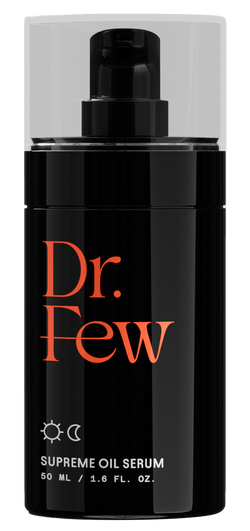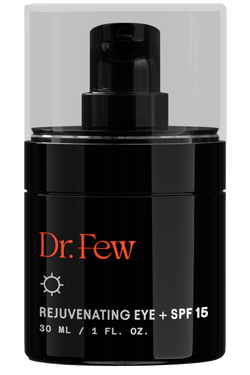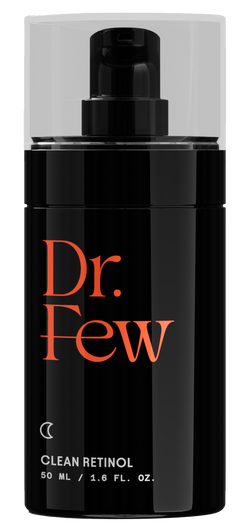From a brand-new does-it-all peptide serum to Botox, fillers, lasers, and even surgical procedures, Dr. Julius Few approaches aesthetics in a way that embraces the fact that we all age. The renowned plastic surgeon, based in Chicago and LA, has been a friend of Gwyneth’s for years; both were excited to finally work together, on goop’s new Youth-Boost Peptide Serum. “I could never have anticipated how good this product would turn out to be—I’m thrilled with it,” said Gwyneth when the two got together recently for the launch. “The results you saw in the clinical study are unbelievable, but so is the way it’s working personally for me on my skin.”
“Good skin care, especially when it’s clean, can be an investment,” she added. “You want it to work really well, and this one has surpassed every expectation that I had.” After talking about their kids going off to college led them to the subject of getting older, the two went into depth on the serum details as they talked about aging, plastic surgery, Botox, fillers, and more.
“I’m happy to embrace aging,” said Gwyneth. “And I also want to look kind of as fresh and healthy as I can look while I’m aging. So something like this—that addresses elasticity and skin quality and wrinkles—is a miracle for somebody like me, you know, who’s 50 years old and not ready to do a full intervention.”
The full intervention, Few explained, is an older way of thinking: “The old concept—of waiting until everything’s broken down and then undergoing a major surgical procedure? That’s changed, which not everyone realizes. Now we’ve moved from doing a full face-lift, say, in your 60s, to doing things that are nonsurgical to stave off surgery much longer or to get to a point where you’d no longer need it. Ultimately, I believe, we’ll move further in that direction, especially with the topical options and great skin care we have, but also these less-invasive techniques.
People in our kids’ generation probably will not have to think about surgery.”Few characterized his current philosophy in terms of PPR: “Prevention, preservation, and then restoration,” he explained. “With the lead point being prevention—where we can use tools that capture signs of aging before they become obvious to the world. I have a number of minimally invasive techniques I like to use, and we really see dramatic results with them.”








